IoT Integration with SCADA for Water Utilities

Supplying clean water is an essential task for every municipality. Maintaining consistent water quality will be paramount as the climate changes and populations shift. Water management organizations must seek every advantage to accomplish this task. Combining the emerging Internet of Things (IoT) with current System Control and Data Acquisition (SCADA) technology will bring a new era of efficiency and safety to water management.
A Brief History of SCADA Technology
Water utilities, gas companies, and industrial plants have used SCADA for decades to help manage their operations. This arrangement of devices has evolved from an internal hard-wired system to a broader cloud-based network.
Early SCADA Systems
SCADA technology emerged along with other industrial computer systems in the mid-twentieth century. Before this innovation, employees had to conduct frequent manual inspections of equipment.
Sensors could report device conditions to a central processing unit with the SCADA system. Then, managers would read the data and respond accordingly.
At this point, the SCADA system was a series of hard-wired connections. This direct connection limited the size of the system, reducing the possible applications for the technology.
Radio Frequency SCADA
Radio Frequency SCADA introduced wireless communication into the SCADA landscape. By utilizing radio frequency signals, SCADA systems could transmit data over the airwaves, eliminating the need for physical, direct connections between devices.
This wireless approach significantly enhanced the scalability and flexibility of SCADA systems, allowing them to cover larger areas and communicate across multiple sites without the constraints of cables and wires.
Radio frequency SCADA played a pivotal role as the missing link between the confined, hard-wired systems and the expansive, interconnected networks of the modern age.
Networked SCADA
SCADA technology improved with communications technology. As facilities adopted LAN connections, SCADA devices also joined the network. Employees could access SCADA data at any connected point in the facility. This arrangement allowed for greater flexibility and control in managing the system.
Cloud-Based SCADA
Cloud-based SCADA has transformed the water management industry, driven by advancements in satellite and cellular communication technology. Unlike costly and complex radio frequency systems, cloud-based solutions have revolutionized expansion.
Radio systems demand meticulous planning, including site surveys and significant upfront investments. In contrast, cloud-based SCADA offers a flexible, cost-effective alternative. It enables a gradual, site-by-site rollout as Remote Terminal Units (RTUs) independently communicate with the central server.
This approach eliminates the need for extensive initial infrastructure investments, making cloud-based SCADA the preferred choice for efficient and economical network expansion in water management.
The Internet of Things
IoT technology represents the growing number of devices that can connect to a wireless network. In addition to standard equipment, facilities can also receive data from connected thermostats, appliances, and smartphones. The breadth of these connections creates new possibilities for insights.
Real-time Performance Optimization
By continuously collecting and analyzing data from connected devices, utilities can make instant adjustments to their operations. This real-time optimization ensures that systems always operate at peak efficiency, leading to increased productivity, reduced downtime, and overall cost savings. It allows water and wastewater operators to respond swiftly to changing demands and unforeseen challenges, fostering a more adaptive and responsive operational environment.
Advanced-Data Analysis
The proliferation of connected devices results in diverse data from diverse sources. Advanced AI analytical tools make sense of this vast information pool. By employing sophisticated algorithms, unexpected patterns and insights can be unearthed, providing businesses with valuable intelligence for making informed decisions and enhancing overall efficiency.
Remote Communication and Control
IoT empowers managers with the ability to access and control modern networks remotely. This level of flexibility is invaluable, particularly in critical sectors such as water management. During severe weather events or emergencies, managers can control systems precisely without risking personnel safety. Remote monitoring and intervention ensure swift responses to challenges, ultimately safeguarding assets and personnel.
Benefits of SCADA and IoT System Integration in Water Management
Joining IoT and SCADA is a natural progression. SCADA technology has always embraced the latest form of communications tech. For water utilities, bringing these resources together offers several benefits.
Historical and Real-Time Data Analysis
Many organizations have unexamined historical data files that could provide valuable insight into expected system performance. The data analysis capabilities of an IoT system can sift through this data, helping the organization plan for the future. Comparing current operational data to historical will also give information about system health over time.
Increased Efficiency
A web of connected devices leads to more efficient system control. Incorporating SCADA into an IoT network expands the number of sensors gathering data about current conditions, increasing the possibilities for fast, automatic responses.
Predictive Maintenance Plans
The SCADA system sends data about current operating parameters to a central unit. The IoT network analyzes data to detect performance changes that justify maintenance calls, minimizing unnecessary actions and preventing potentially costly overnight shifts that require overtime pay. This capability translates into significant annual savings for utilities. This approach means equipment receives preventive maintenance attention when needed rather than on a fixed schedule.
Scalable Systems
An IoT SCADA integration enlarges the area a SCADA system can cover. Connecting assets to a wireless network is more accessible than expanding traditional SCADA infrastructure, offering the same benefits. Integration will make it easier for the organization to manage growth.
Regulatory Compliance & Reporting
A cloud-based SCADA system can help with regulatory compliance with data retention and reporting. Many regulatory agencies require utilities to maintain historical data related to water quality, system performance, and operational parameters for a specified period. Storing this data securely and being able to retrieve it when needed is crucial for regulatory compliance.
Improved Water Quality and Safety Monitoring
A traditional SCADA system takes measurements within a water management facility, such as flow volume, temperature, and water pressure. Additional sensors can provide additional information at the plant and further down the line.
IoT and SCADA Integration Concerns

While expanding the data collection capabilities of a water utility may seem like a simple idea, new technology always comes with some risk. Integrating SCADA with IoT requires careful planning to avoid unexpected consequences.
System Security
Linking a SCADA system to a broader network increases the vulnerability to cyberattacks. Traditional SCADA was an internal arrangement. Anyone hoping to hijack or interrupt the system needed to be on site.
A networked SCADA system has the same security weaknesses as the rest of the network. Unfortunately, this arrangement may mean that an intruder attacking the network through a security loophole in an unrelated department could access the control system, disrupting operations.
Human error is the most frequent cause of successful cyberattacks. An unsuspecting employee clicks on a link in an unsolicited email. A weak password or a stolen device offers easy access to the network.
Since water utilities are essential facilities, they must develop standard cybersecurity protocols. Some of the practices that maintain network safety include:
- Two-step verification
- Complex passwords
- Mobile device protocols
- Regular cybersecurity training
- Cyberattack drills
High Tide Technologies is SOC-2 Type II certified, so our clients can rest assured that we adhere to the highest degree of industry standards.
Integrating Older SCADA Technology with a Cloud-Based System
Many water facilities already have SCADA systems running parallel to a wireless network. The age of this technology is a barrier to integration with a cloud-based SCADA system. If the facility cannot afford to update its SCADA sensors for direct communication, it must establish a databus or API to act as a bridge. If information cannot flow easily from SCADA technology to the more extensive network, it will lead to siloed data and lost opportunities for insight.
Choosing Relevant Data
The number of available sensors can lead to an unmanageable data pool. As managers set up the system, they must evaluate what data sets will best help inform operations or assess system health. While machine learning and AI tools can sift a remarkable amount of data, providing limits and guidance will improve efficiency.
Monitoring with Cloud-Based SCADA
Creating an IoT and SCADA Integration Plan
A helpful integration of IoT and SCADA will likely take two forms. With an existing SCADA system, a facility may incorporate the complete system as a single device in the network.
The information normally flows to the Human Machine Interface (HMI) and will travel to the larger network servers.
This arrangement will limit the number of possible connections to the devices in the SCADA system.
Newer facilities may build their SCADA equipment into a more extensive network. In this model, the individual devices in the SCADA system will be part of the wireless web.
This arrangement allows for more device-to-device communication, increasing flexible management possibilities.
Reaping the Benefits of SCADA in Municipal Water Systems
High Tide Technologies offers custom-configured SCADA solutions for municipal water collection, treatment, and distribution systems.
Our cloud-based SCADA technology is a natural fit for integrating IoT systems and expanding their functionality.
If you are looking for tools to improve the efficiency of your municipal water system, contact our team today.
About High Tide Technologies
High Tide Technologies is an end-to-end cloud-based SCADA company that enables our users to create a complete SCADA solution that utilizes field units, satellite, cellular or Ethernet communications, and the Internet to monitor and provide automatic control of your systems.
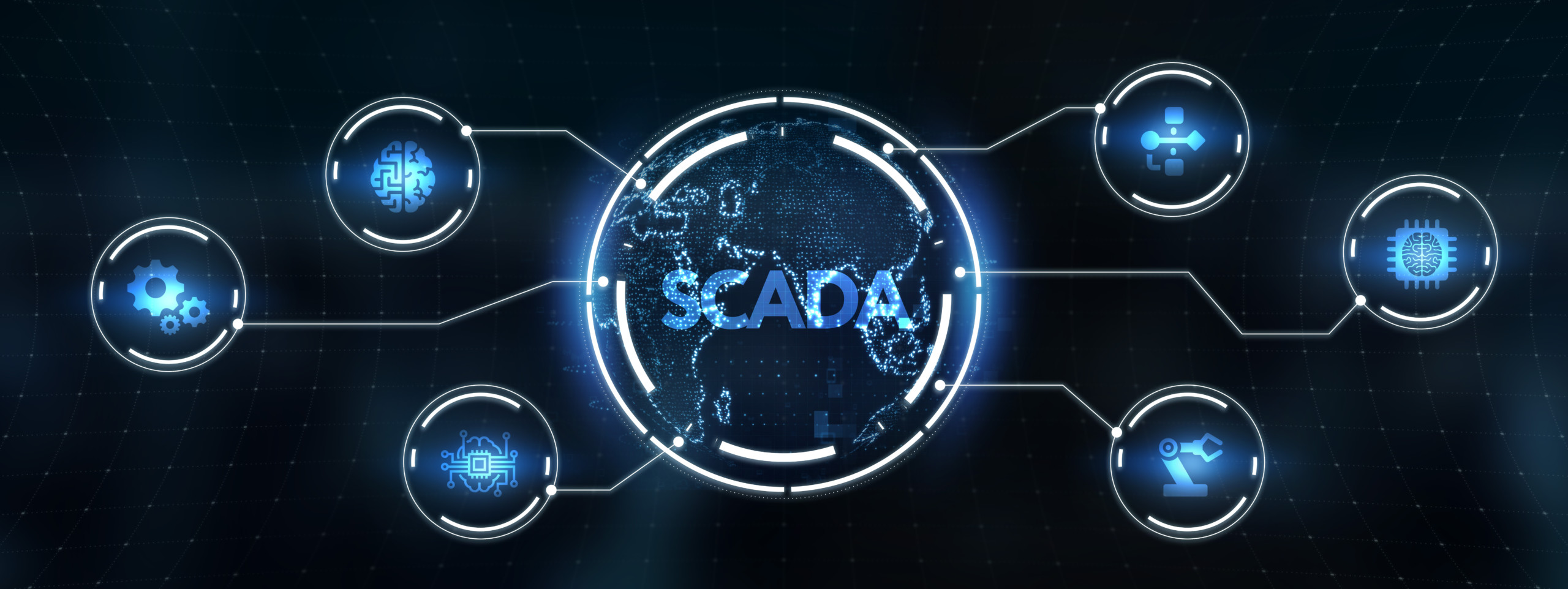

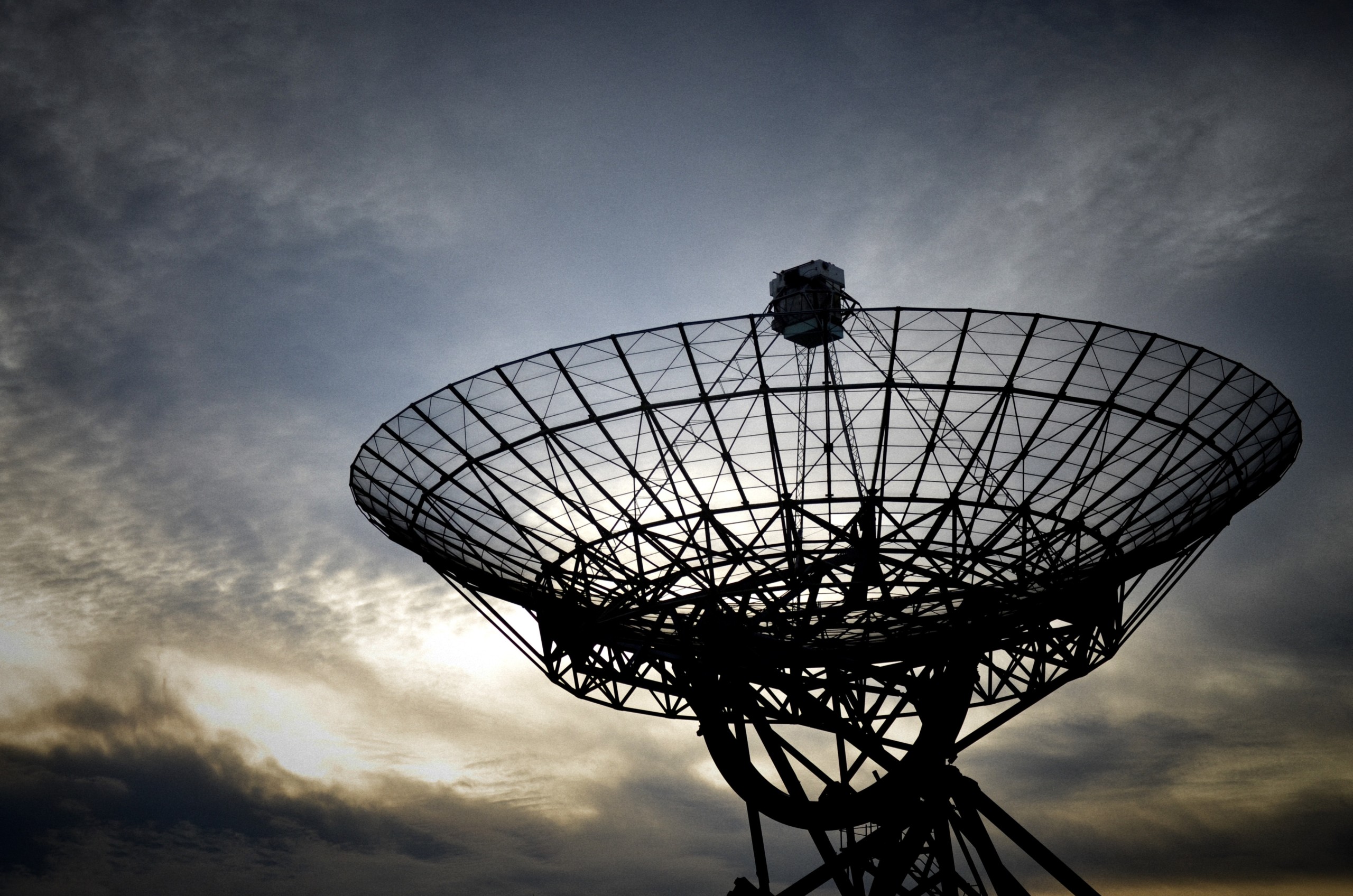



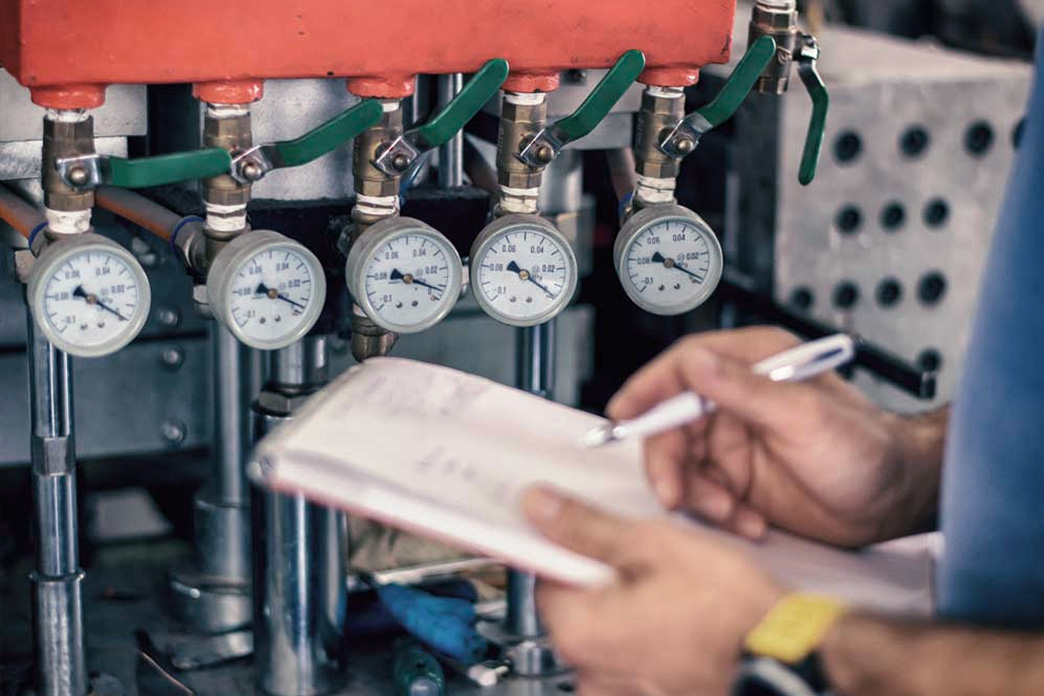
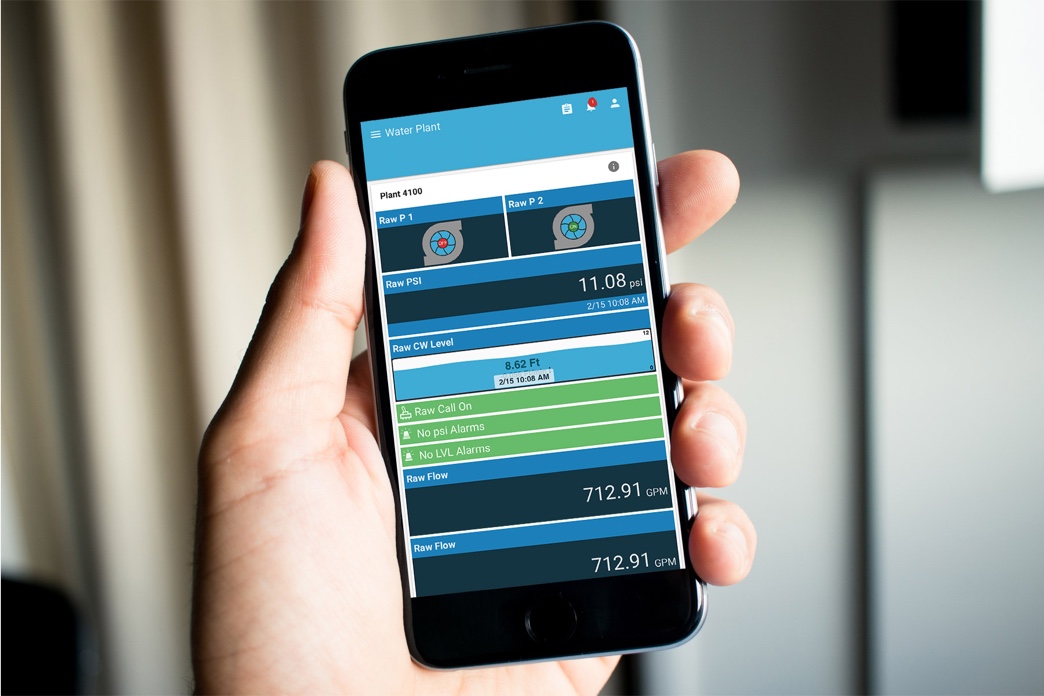


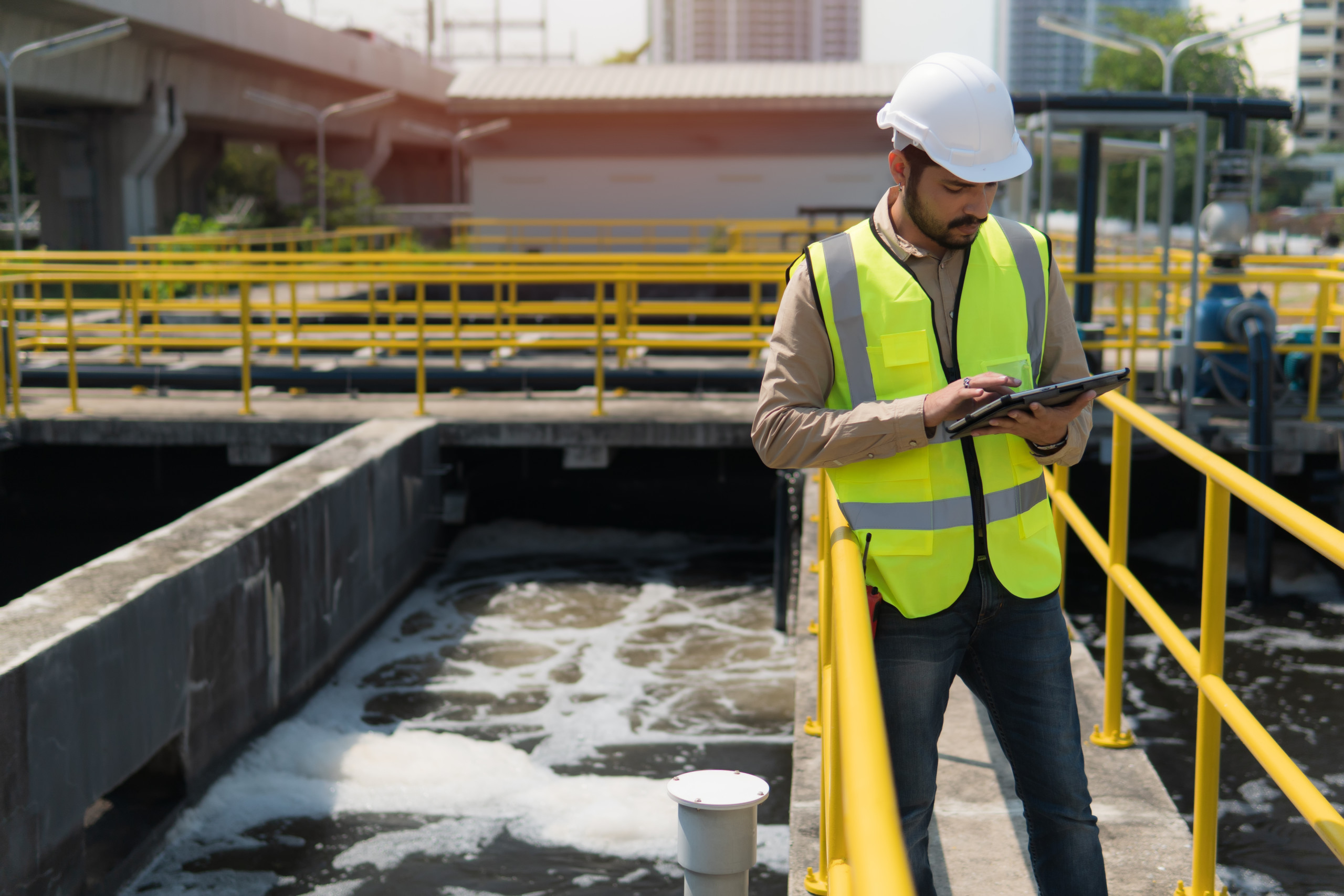


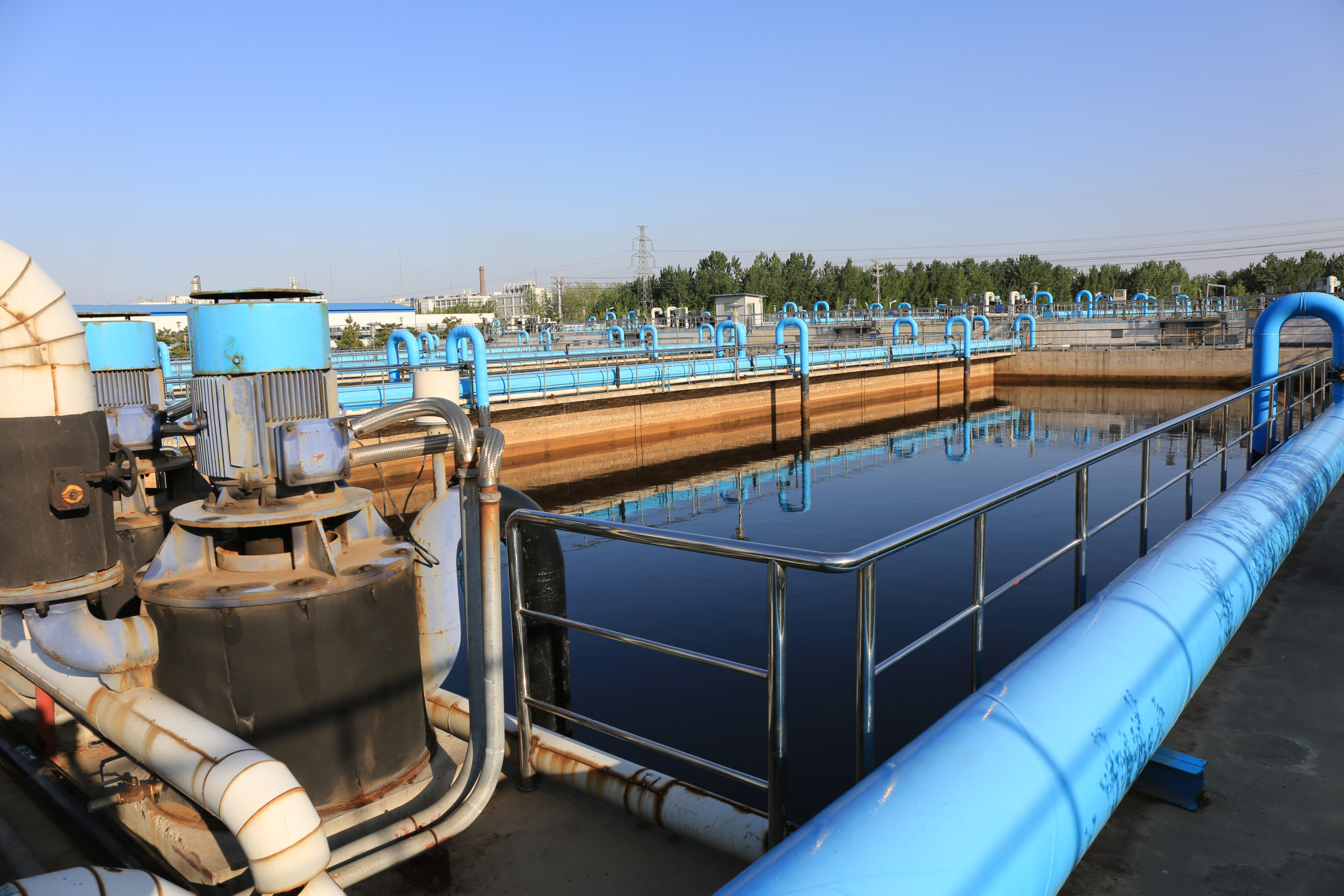


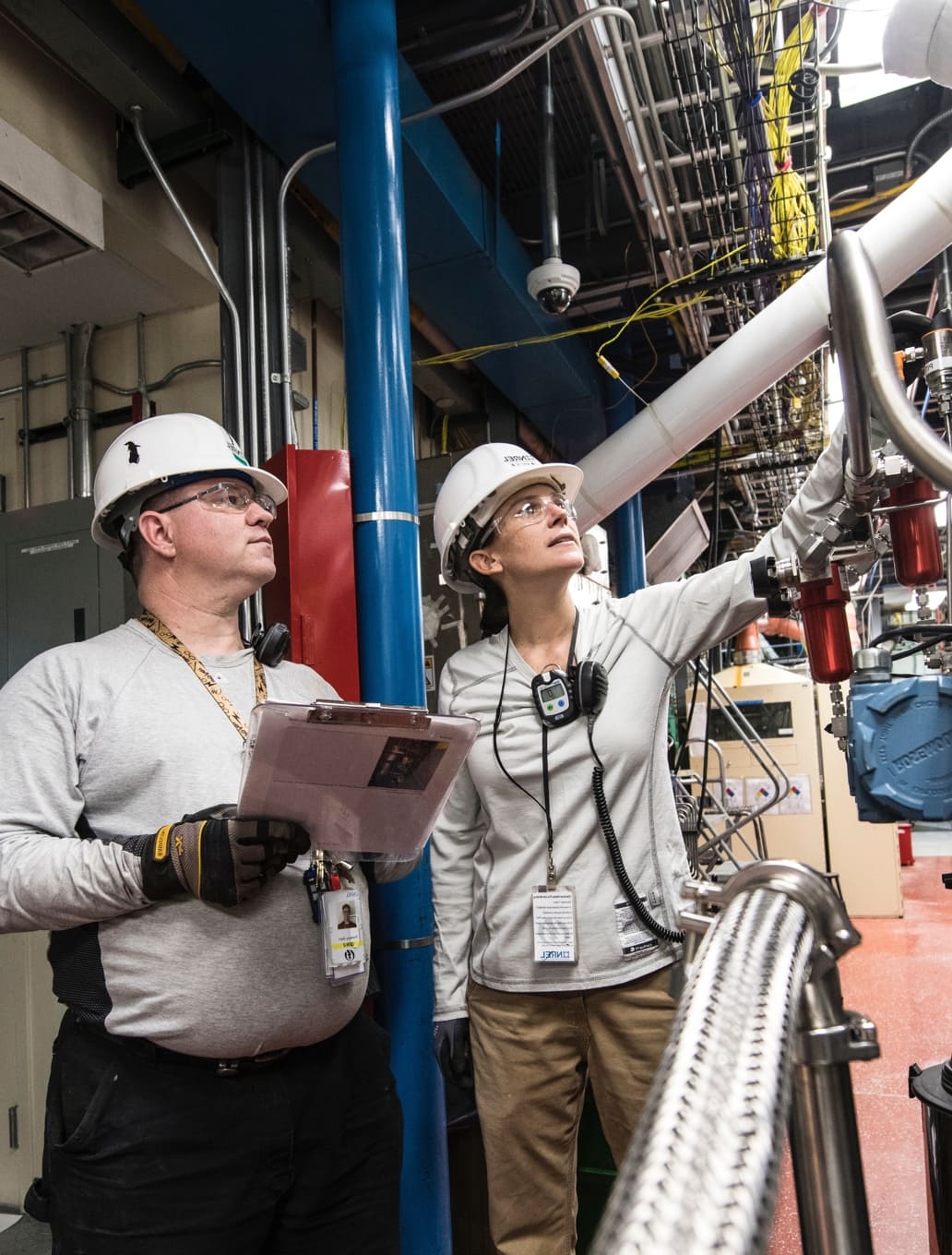

Share this case study